By Kevin M. Hymel
The harsh elements of the world’s oceans and seas were undoubtedly just as dangerous to U.S. sailors as the German or Japanese navies. When stranded alone in the water, hypothermia, dehydration, and exposure were serious threats faced by both sailors and airmen alike. To combat nature, the U.S. Navy and Coast Guard experimented with the latest technologies in marine survival and passed along the results to those in the field.
A mans first priority in the water was to get dry. Sailors and merchant marine men were issued Morner lifesaving suits, which were heavy, hooded canvas jumpsuits impregnated with rubber. Developed by Swedish scientist Hans Morner and brought to the United States, these suits could keep a man buoyant and protected from the cold. It took the average man one minute to don the suit, while an expert could get it on in as little as 16 seconds.
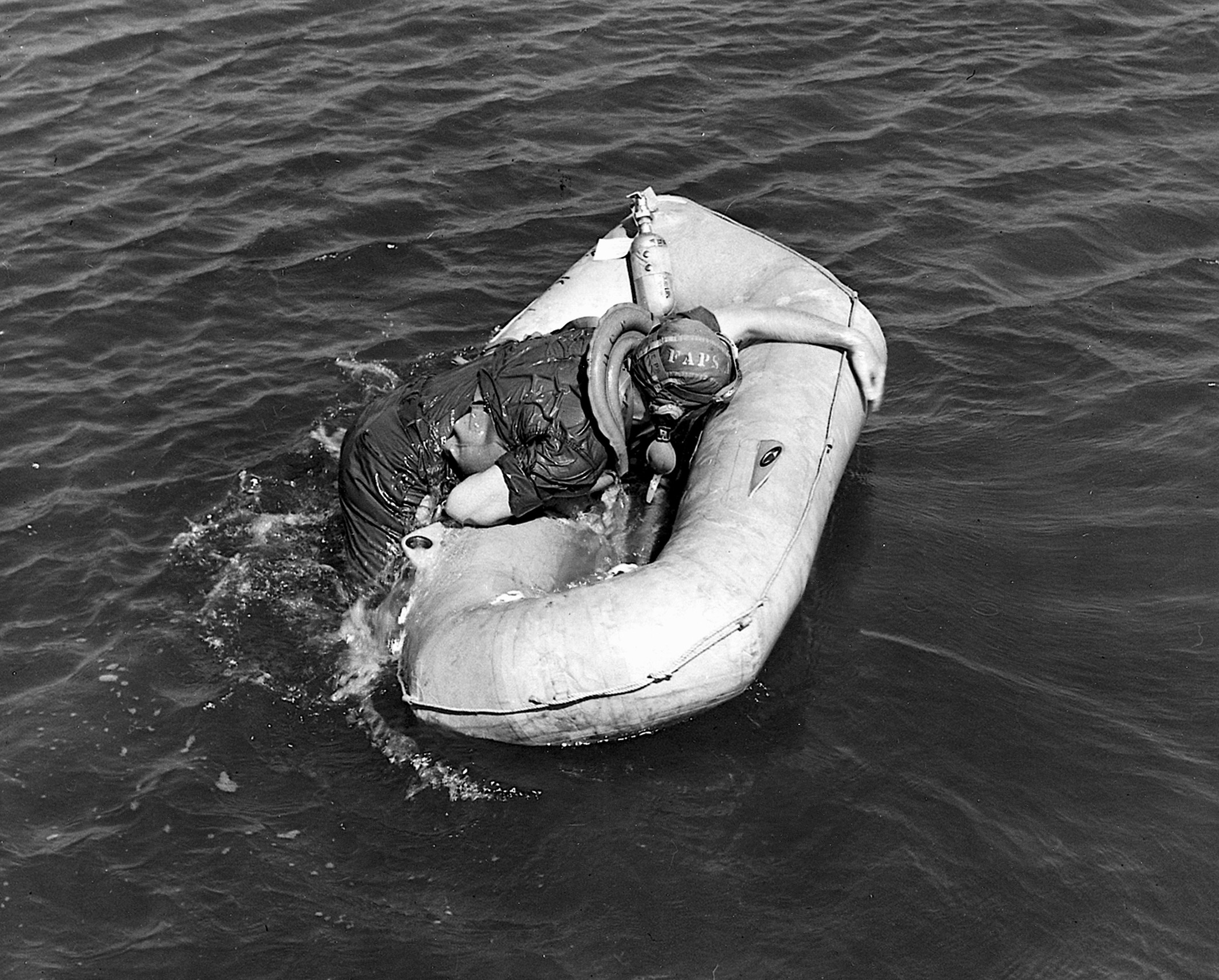
The Navy also developed a number of rafts and boats to keep men dry and afloat, from one and two-man rafts for pilots, to a boat that could be dropped from a plane to accommodate an entire downed bomber crew. The Mark IA Airborne Lifeboat could be dropped from heights as high as 700 ft. from a four-engine plane. It would drift downward under six parachutes and was fitted with two engines, a sail, and oars for mobility. Upon impact with the sea, an electro-explosive device released the parachutes and an immersion release fired two more rockets carrying a lifeline, which enabled the crew to haul themselves aboard.
Food and water were the next priority. A fishing kit that attached to a life vest was developed to cover food requirements, and every Navy lifeboat included a kit. For drinking water, the Coast Guard developed individually canned water for easier distribution on lifeboats; this ensured equal rationing for everyone. Where canned water was too inconvenient, fresh water “stills” were made. These worked by passing salt water through a series of four filter bags, and the process took about 45 minutes to create potable water.
A number of other devices aided men in their efforts toward survival. An “abandon ship kit,” also developed by Morner, held medical supplies in a water and airtight bag that was buoyant enough to keep a man afloat. The Coast Guard considered these kits so important that every ship weighing in at 3,000 tons was required to keep at least two on board. To provide boats with fuel, an air-droppable gasoline cell was created that was easily transportable, as well as durable.
The leaders of the U.S. armed forces knew the value of their sailors and airmen. These men were too important, and too great an investment to leave at the mercy of Poseidon. Thousands of men were saved by these devices and returned to the fight against the enemy and the elements.
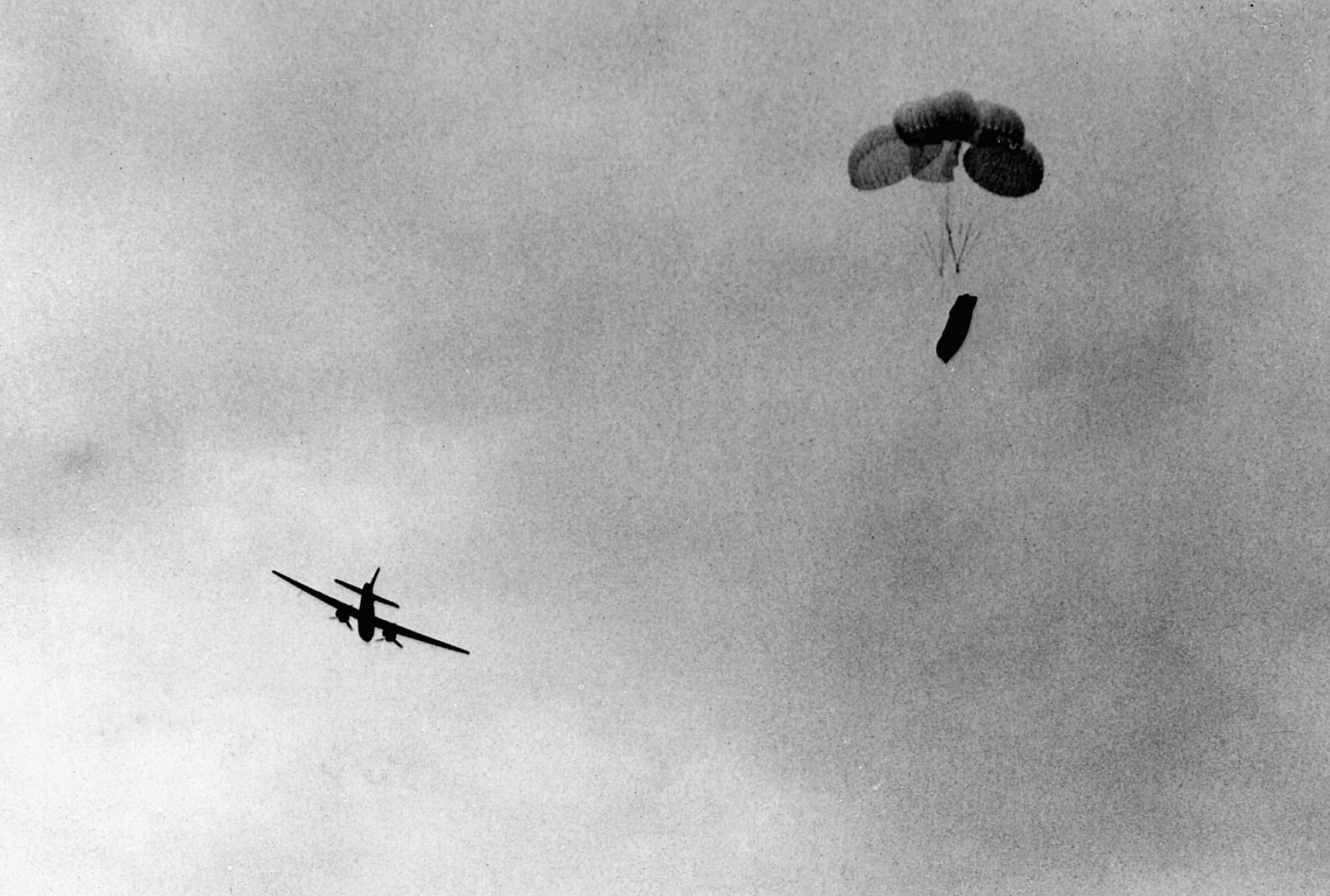
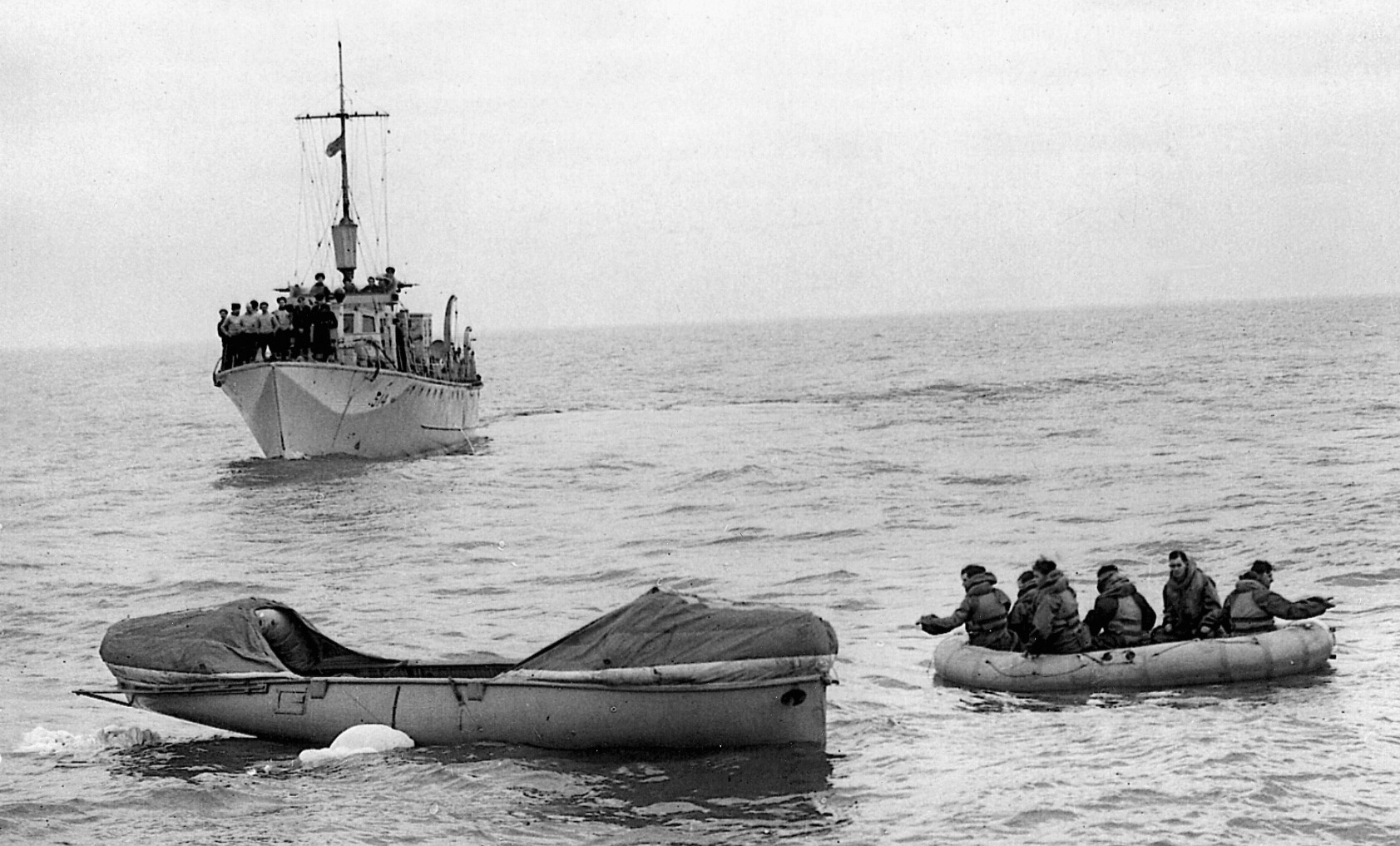
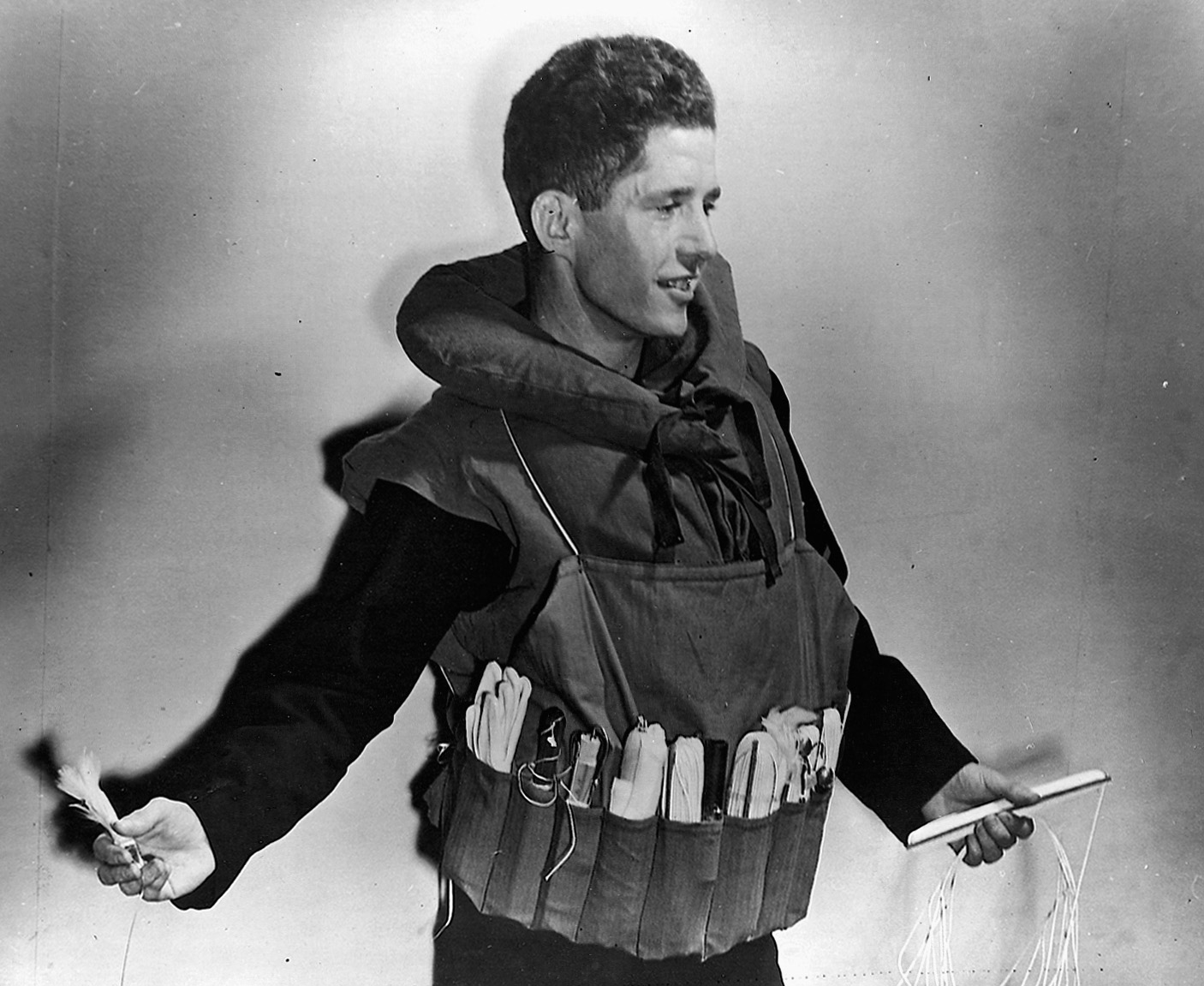
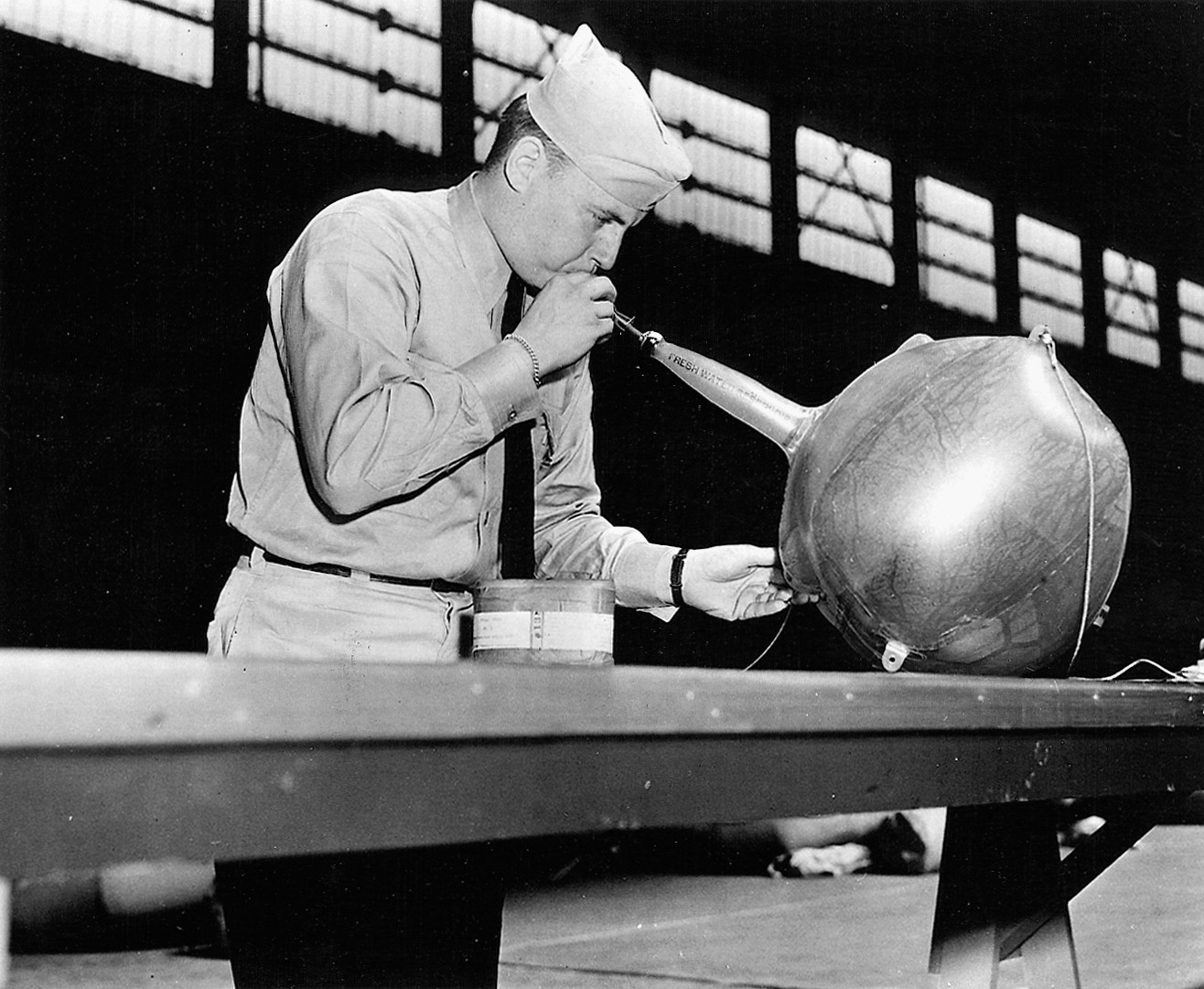
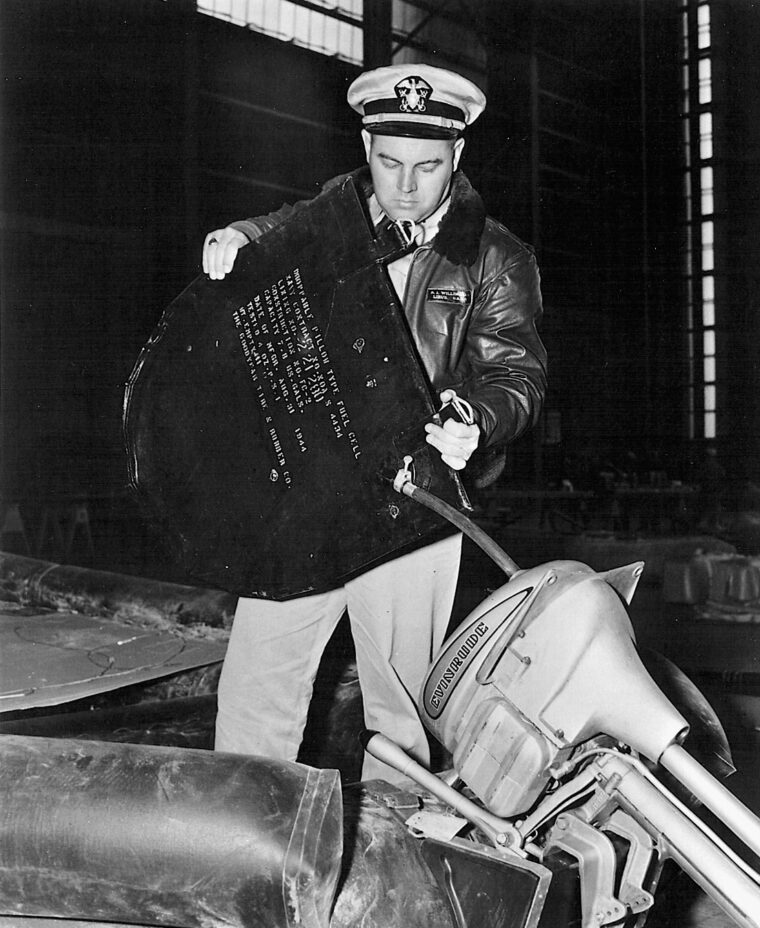
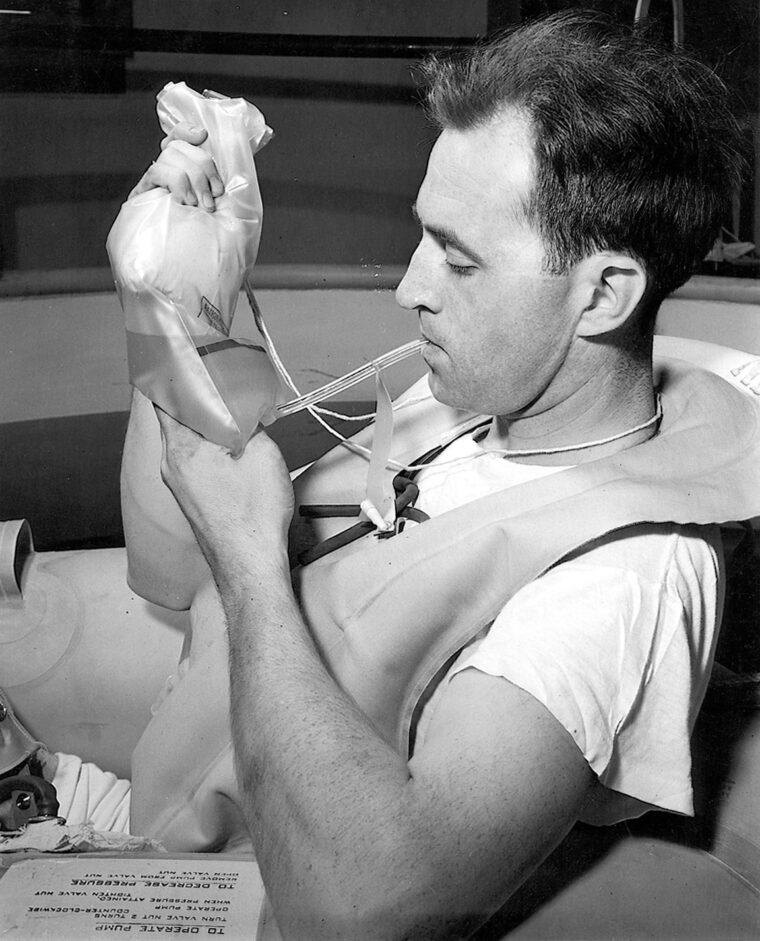

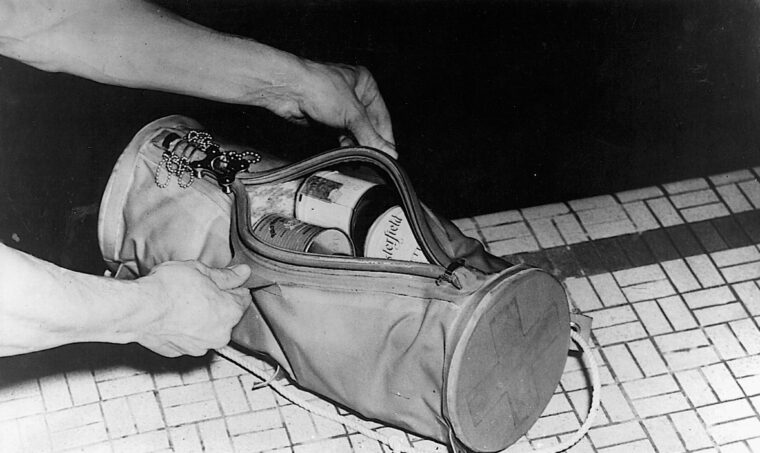
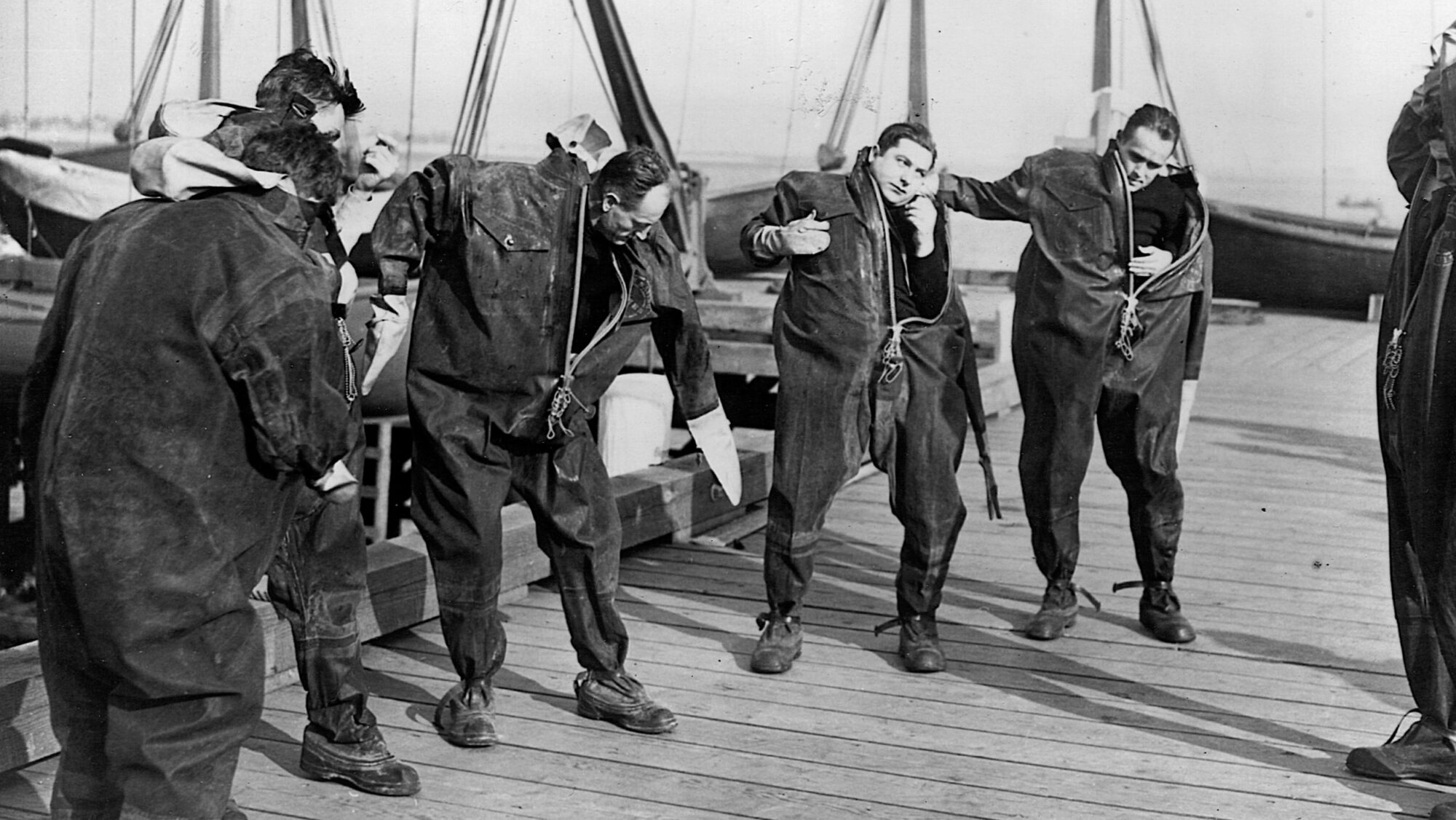
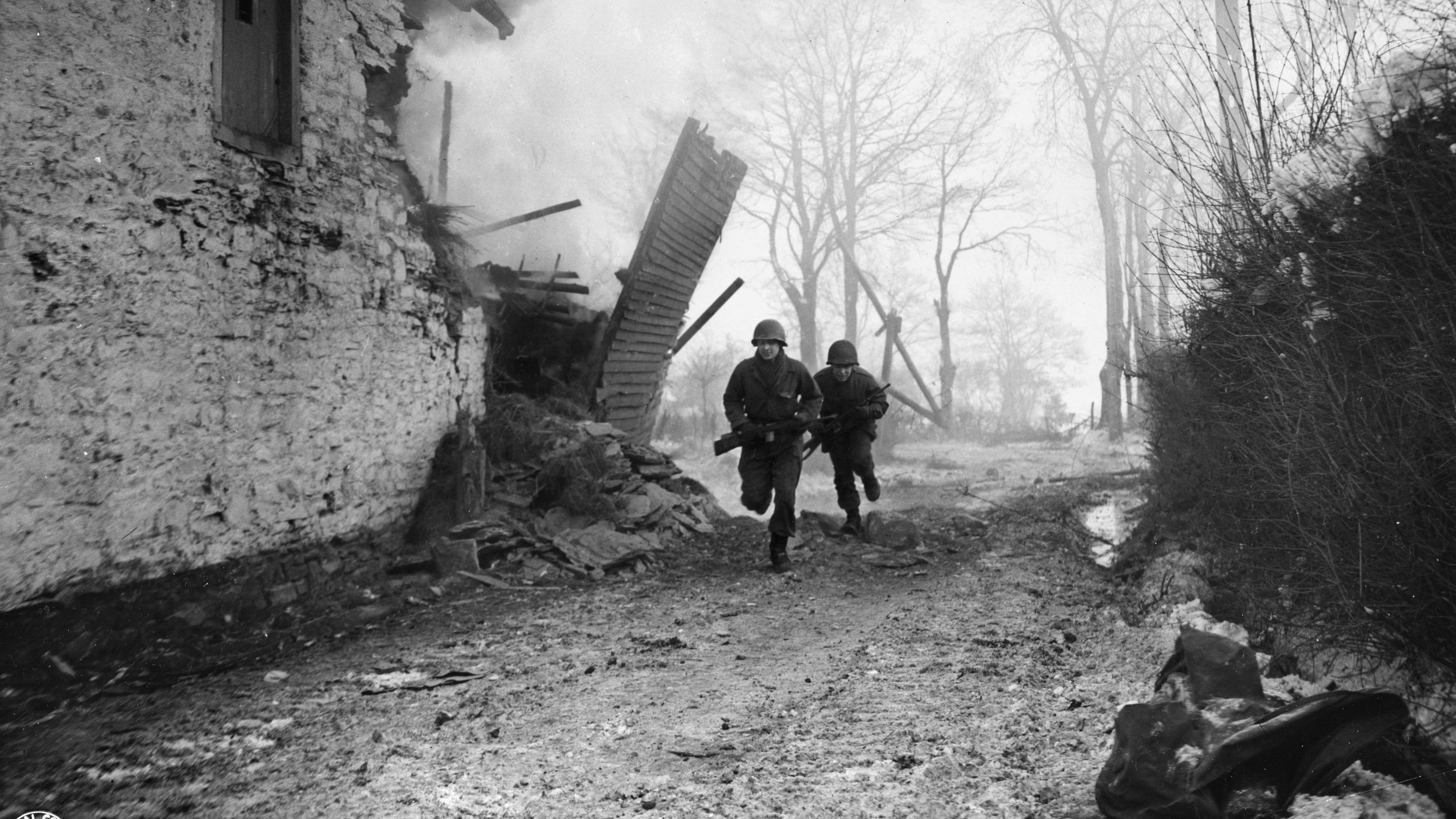
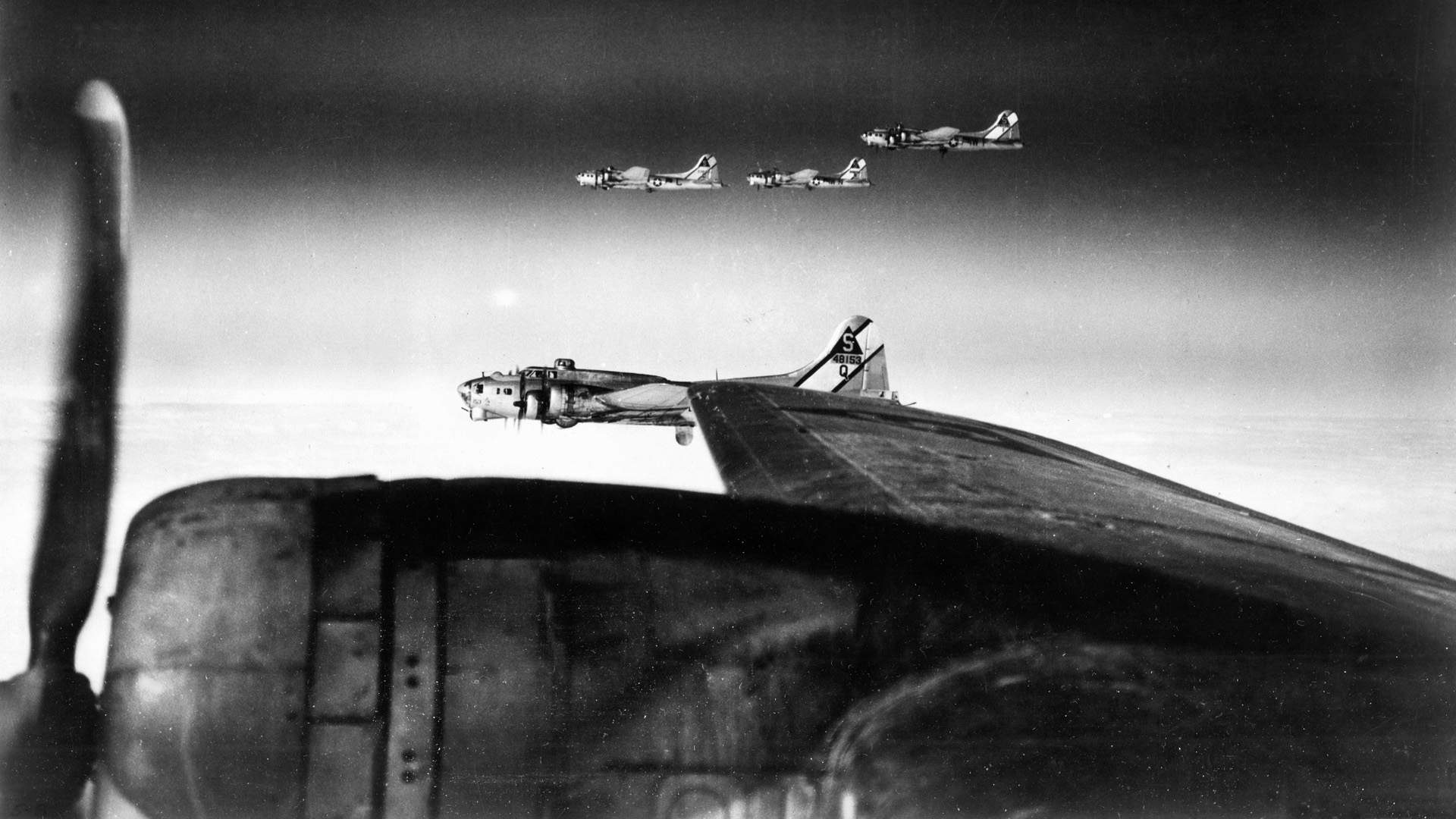
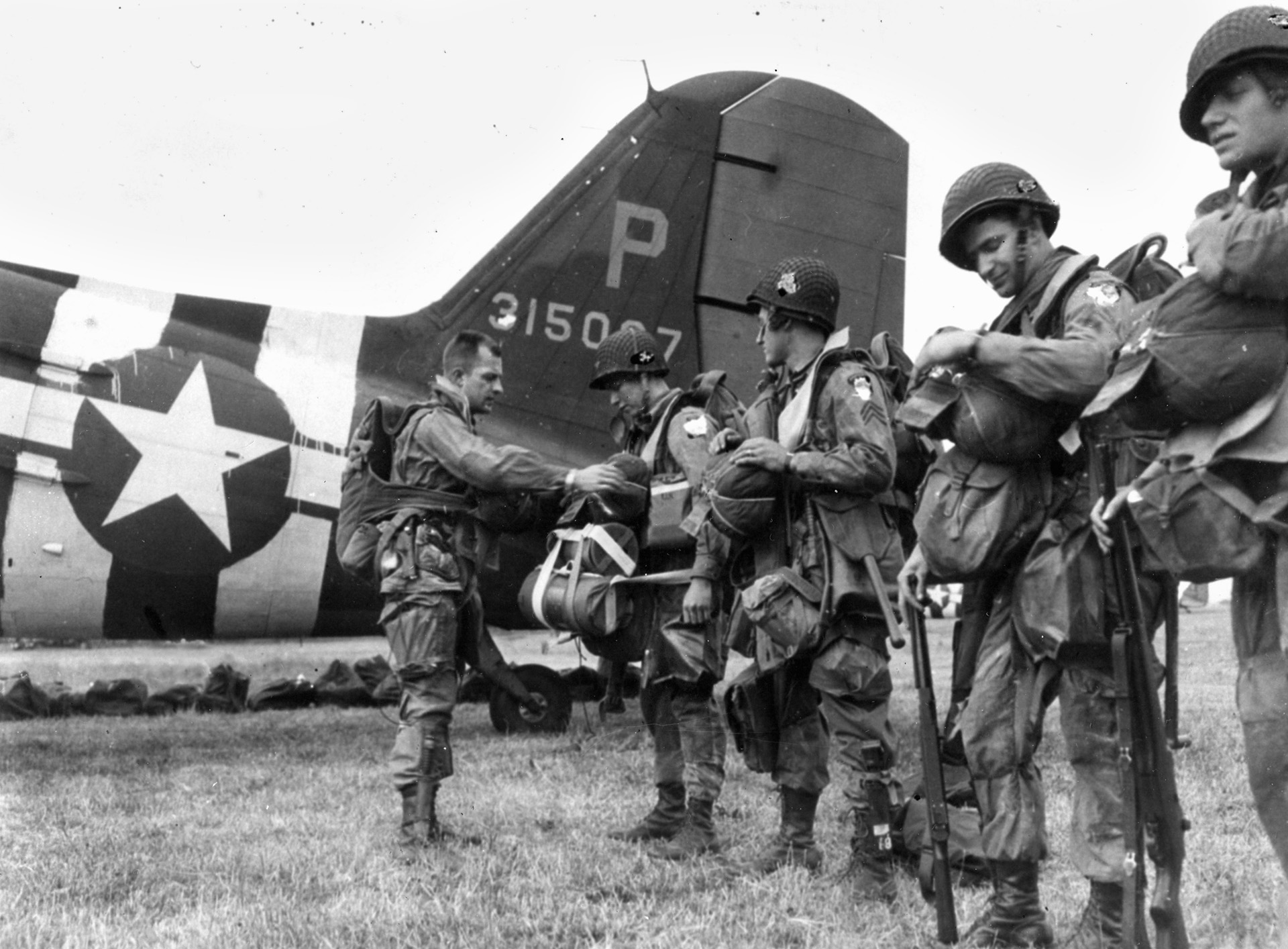
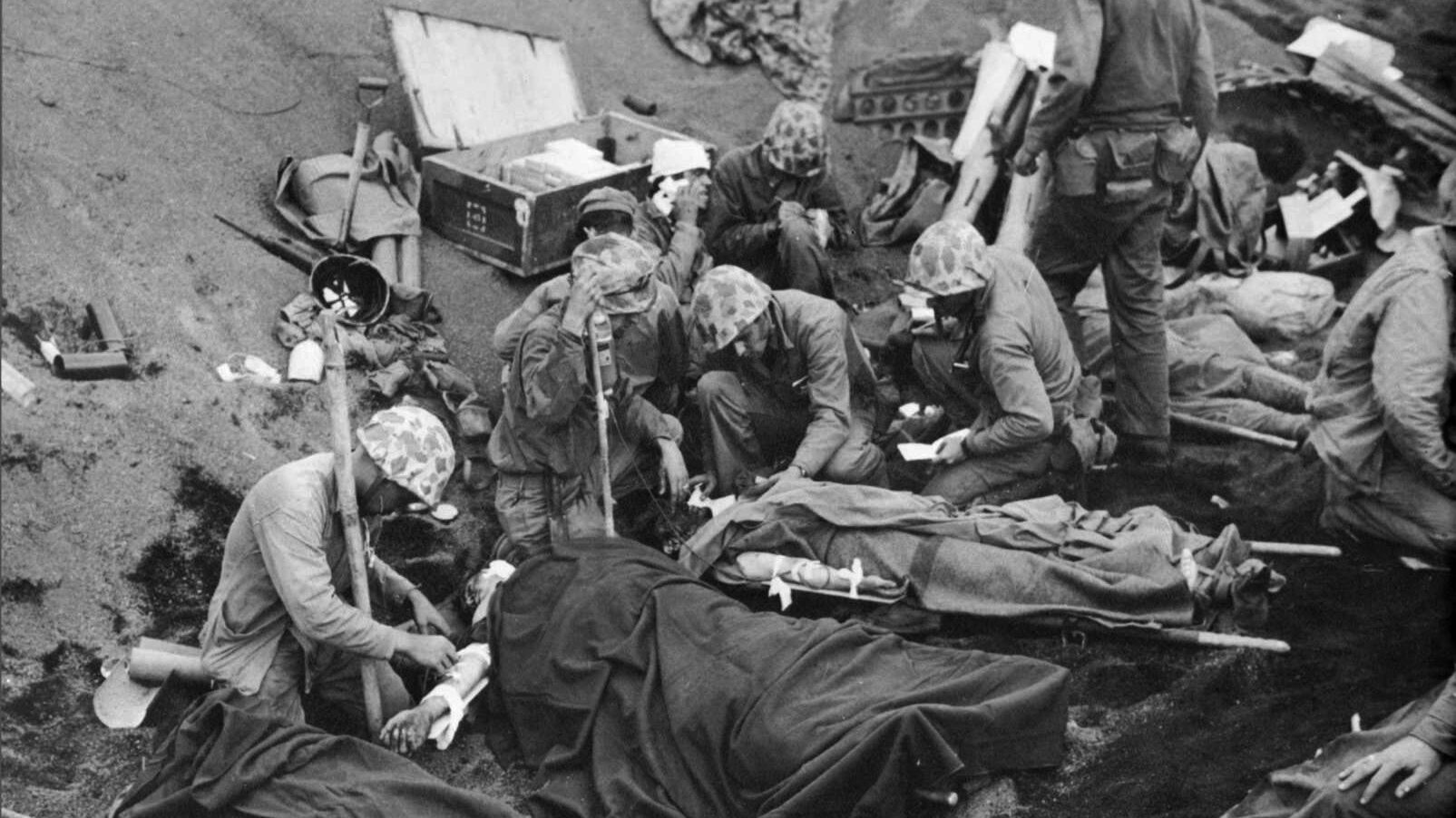
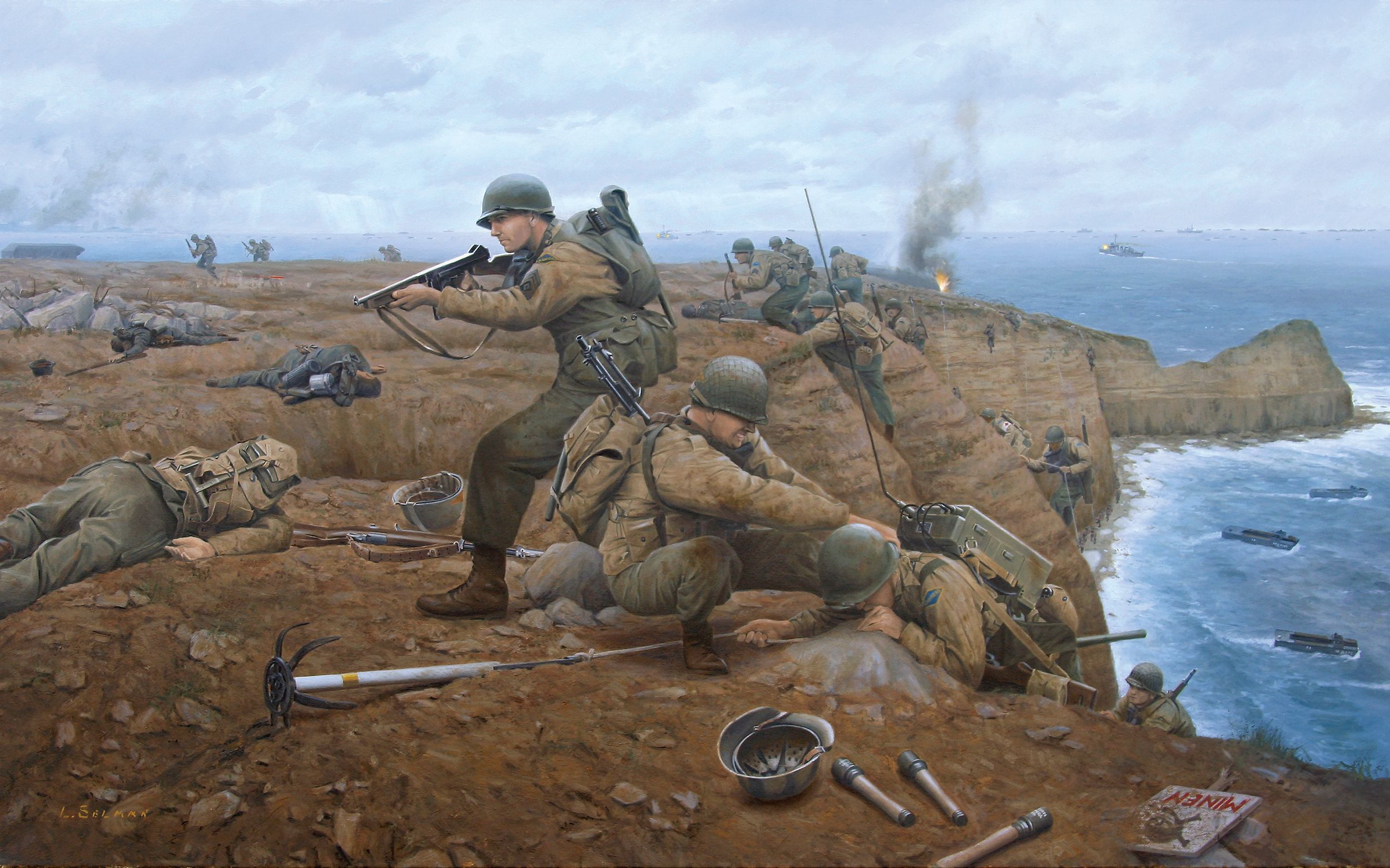
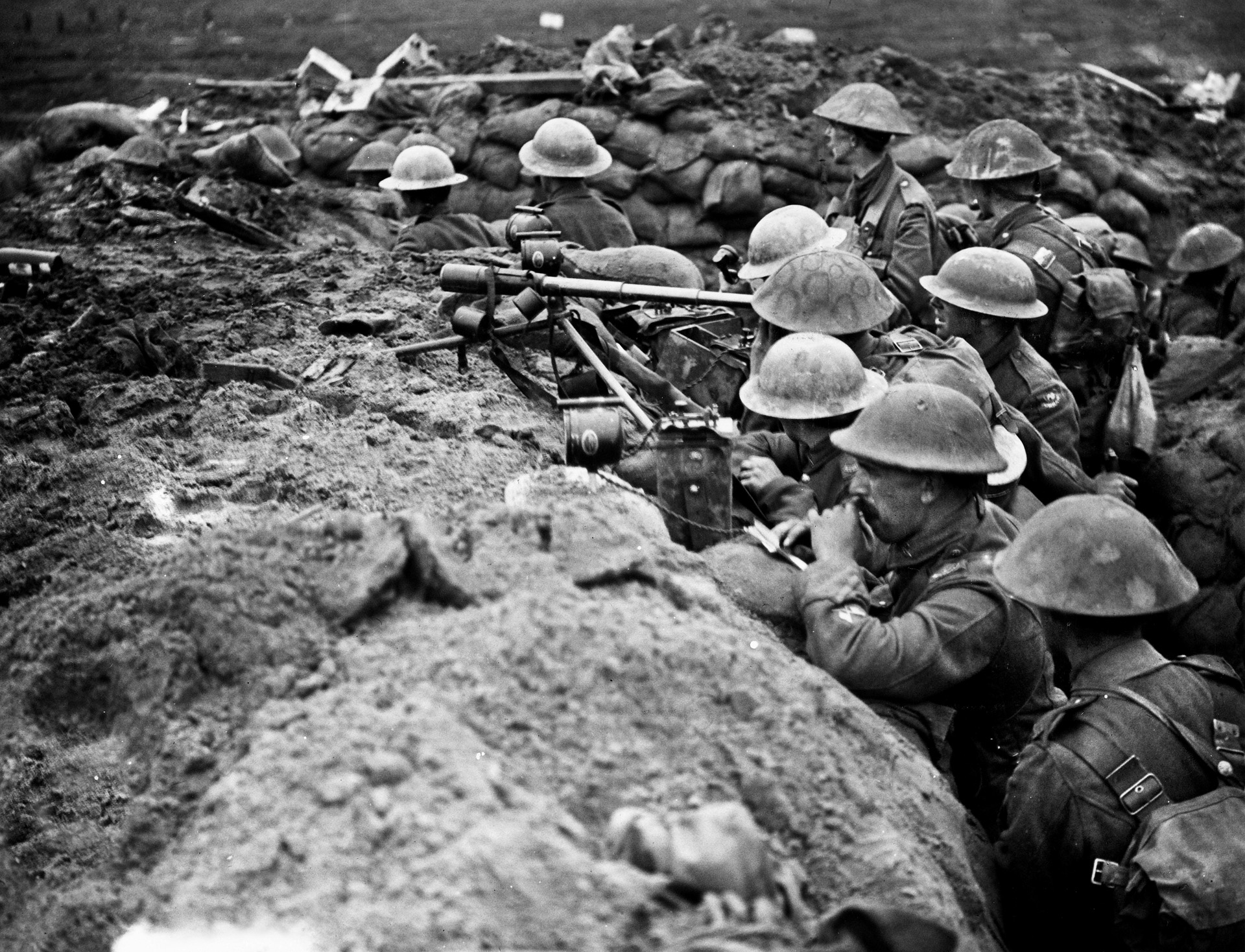
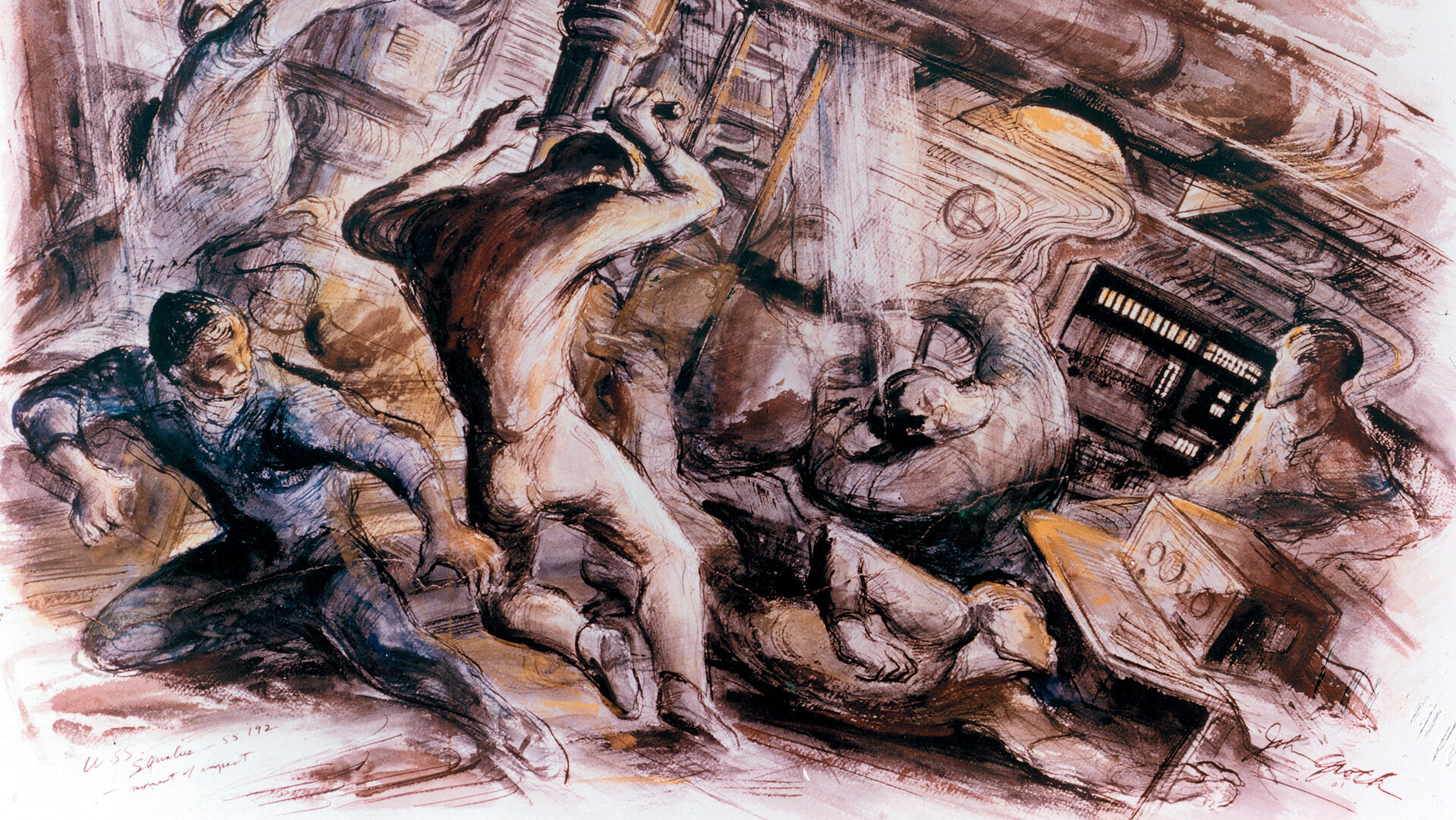
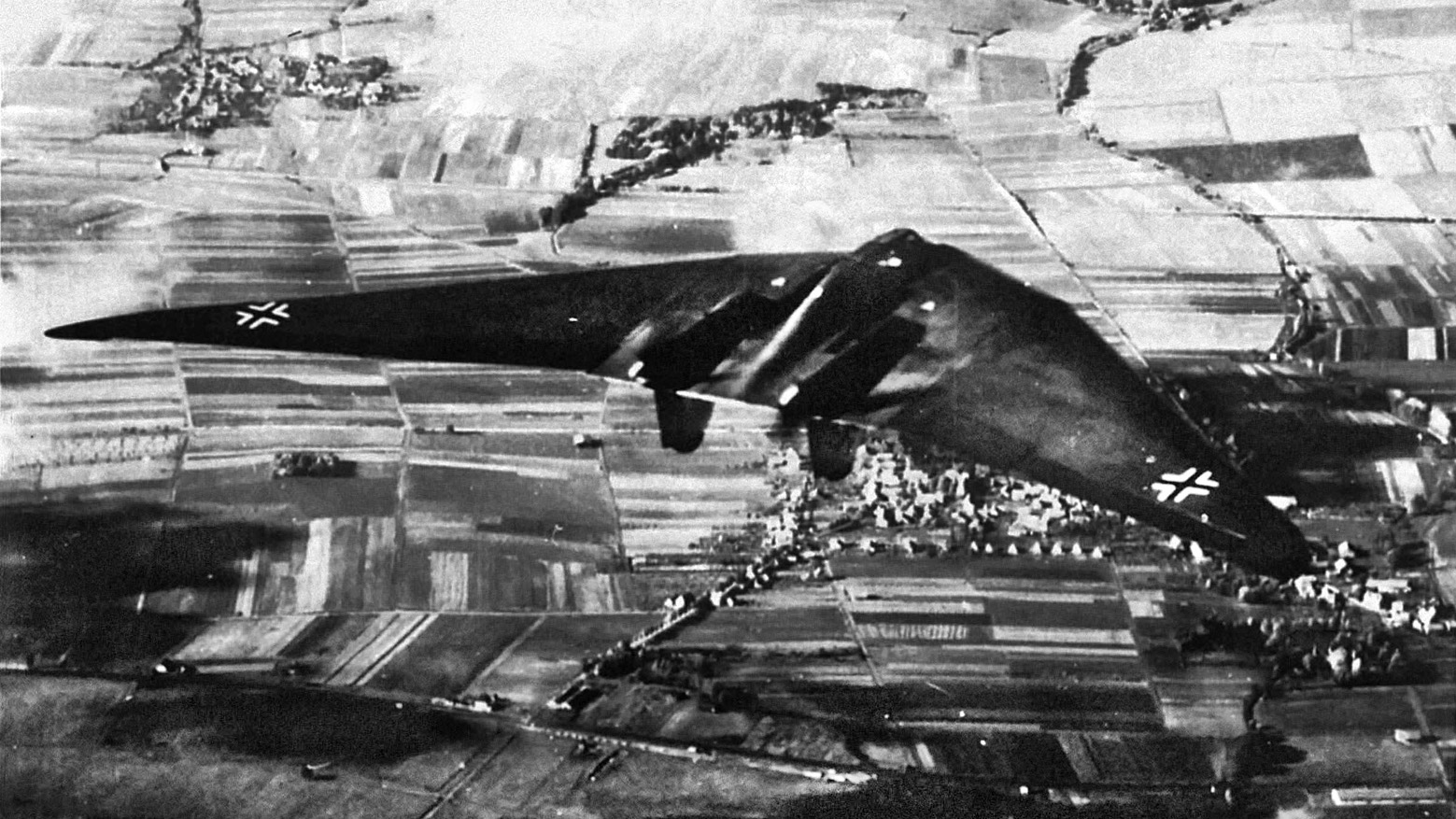
Join The Conversation
Comments
View All Comments